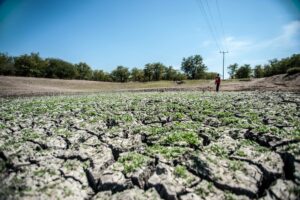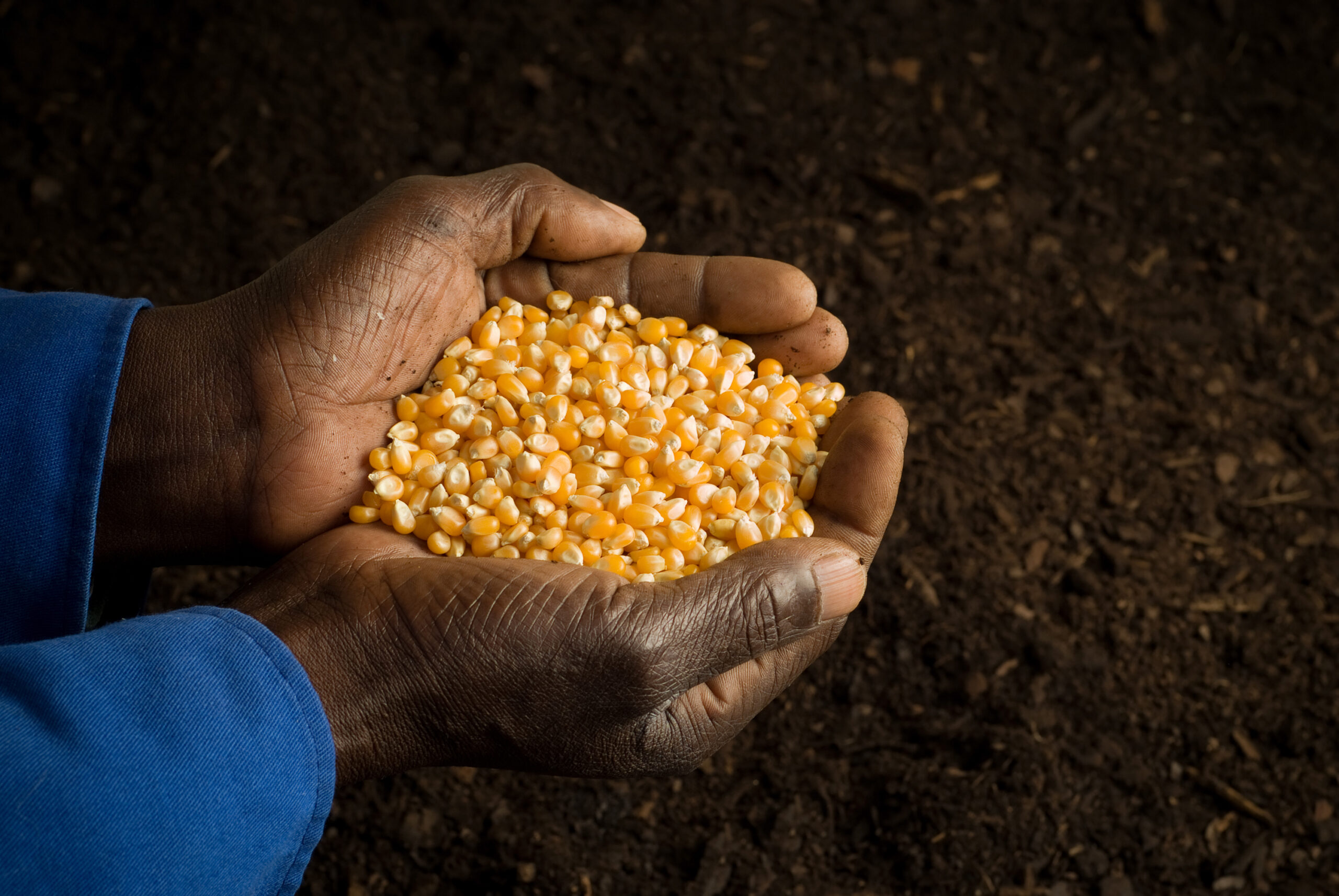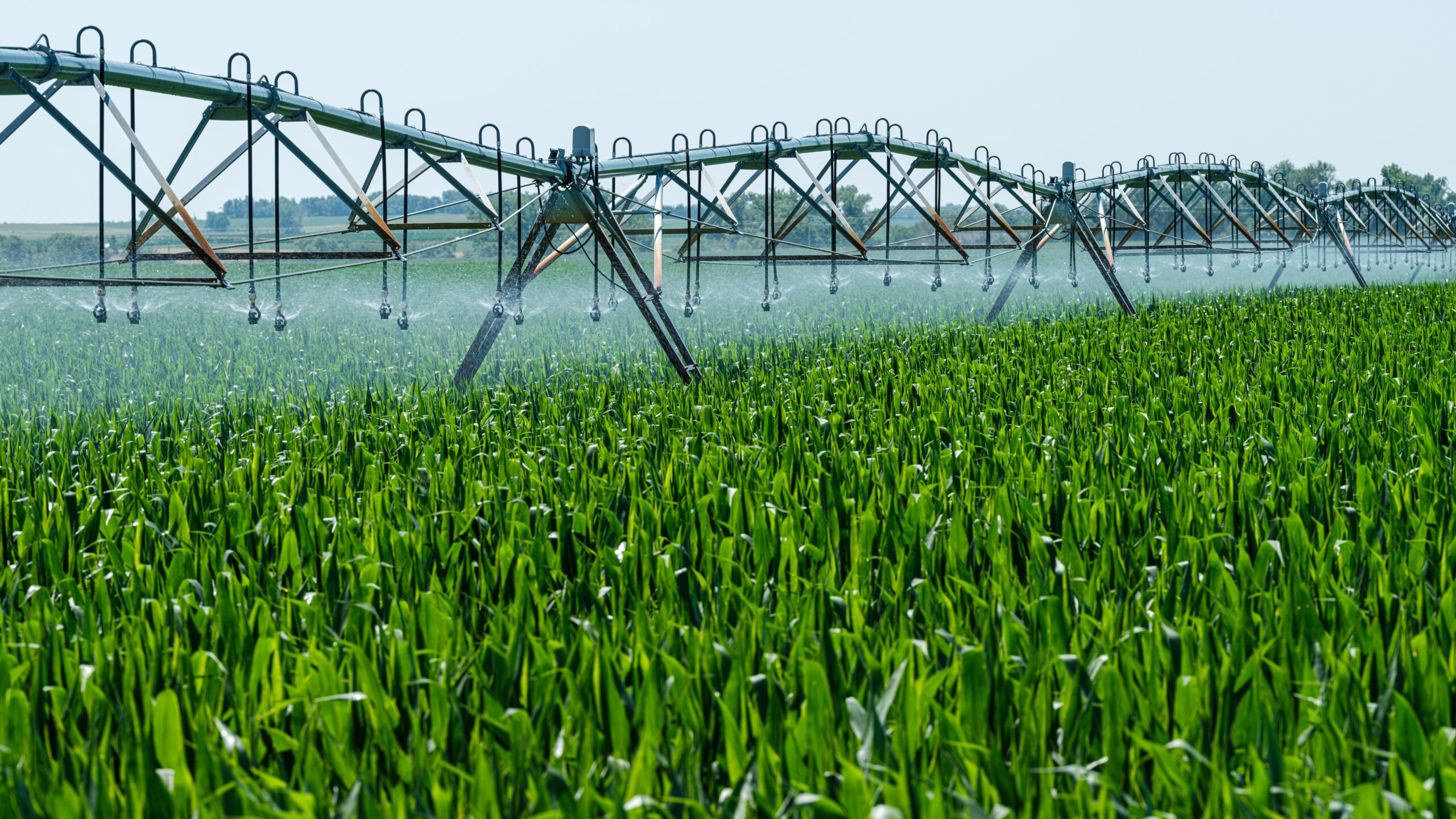Rising food prices in South Africa: Here’s what we know
A number of short and long-term triggers are causing rising food prices in South Africa and around the world. Key factors include economic turmoil from the COVID-19 pandemic, extreme weather impacting food production and Russia’s invasion of Ukraine disrupting trade.
The resulting food supply shocks have driven double-digit inflation in South Africa for essentials, such as grains, cereals, vegetables and cooking oils. Given that lower-income households typically spend a higher proportion of their income on food – and have fewer resources to draw from for unexpected bills – it is these households that suffer most as food prices surge.
Trends in food price inflation
Food prices have been rising at above-inflation rates in South Africa for years. From 2009 to 2022, food inflation averaged 6.3 per cent. During the same period, overall inflation averaged 4.7 per cent. But, 2022 saw exceptionally high food price rises. The inflation rate more than doubled over the year, from 5.7 per cent in January to 12.4 per cent in December, according to analysis from Trading Economics.
The Household Affordability Index by the Pietermaritzburg Economic Justice & Dignity group (PMBEJD) also tracks food inflation rates. This index uses a different methodology based more closely on real-life shopping behaviours and food consumption. It found food inflation for December 2022 stood at 13.5 per cent. However, when analysing the selection of foods prioritised and bought first in household baskets, the number was even higher at 16.4 per cent year-on-year.
From the same month’s figures, some of the highest price rises were for onions (99 per cent), cake flour (34 per cent), maize (23 per cent), cooking oil (30 per cent), tomatoes, carrots, green pepper (all 23 per cent), white and brown bread (18 per cent and 16 per cent) and oranges (10 per cent).
However, not all key products suffered such steep increases. Eggs rose five per cent, fish three per cent, apples four per cent and bananas and rice both one per cent. Potatoes were five per cent cheaper on average year-on-year.

Global food prices
Climate change and extreme weather have increasingly driven food price inflation and volatility in recent decades, explains economist Richard Volpe. For example, droughts and hurricanes in the US and floods in China and Australia have reduced food supply and increased food prices. In addition, climate change is increasing the destructiveness of the agricultural pests that ravage crops. A staggering 40 per cent of the world’s crop production is lost to pests, according to the UN. They cost countries at least USD $70 billion annually and are a key driver of biodiversity loss.
Food and Agriculture Organization (FAO)
In 2022, the UNs Food and Agriculture Organization’s (FAO) average global Food Price Index reached the highest level since records began in 1990. The index averaged 143.7 points in 2022, up 14.3 per cent from 2021. The index had already gained 28 per cent in 2021 from the previous year, as the world economy recovered from the impact of the pandemic.
Across 2022, four of the FAO’s five food sub-indexes – cereals, meat, dairy and vegetable oils – each soared to record highs. The fifth, sugar, reached a 10-year high.
International Monetary Fund (IMF)
Analysis by the International Monetary Fund (IMF), published in October 2022, also uncovered direct links between global environmental and economic factors and impacts on food prices. It found that:
- A one per cent drop in global harvests raises food commodity prices by 8.5 per cent
- A one per cent increase in fertiliser prices – which have climbed recently on the surge in natural gas prices – boosts food commodity prices by 0.45 per cent
- A one per cent increase in oil prices increases food commodity prices by 0.2 per cent
Causes of rising food prices in South Africa
Climate change and environmental degradation
The impacts of climate and environmental damage are wreaking havoc on South Africa’s food system. Following millennia of relative stability, within the past few decades, average temperatures and rainfall patterns have changed dramatically. Many flora and fauna, including food crops and pollinators, cannot adapt in time. Furthermore, more frequent and extreme weather events, such as droughts and floods, can inhibit and destroy crop yields and disrupt vital food trade links. Burning fossil fuels are the leading driver of this, along with land clearing and deforestation for agricultural land.
Heat and drought
Of all the many impacts of climate change, the most significant risks to South Africa are the extreme heatwaves and droughts that could result in the collapse of the maize crop and cattle industry, warns Professor Francois Engelbrecht. The latest Intergovernmental Panel on Climate Change (IPCC) report warns up to 30 per cent of the country’s maize crop could fail if climate change continues unabated.
Likewise, a 2020 study published in Nature found that 24 hours of exposure to temperatures above 30°C was associated with a 12.5 per cent yield reduction of South African wheat crops. It also found an average global temperature rise of +1°C was associated with a yield reduction of 8.5 per cent, which increases to 18.4 per cent and 28.5 per cent under +2 and +3 °C scenarios. Such shocks to South African wheat production are likely to affect food security outcomes in South Africa.
Furthermore, because of the anticipated drier conditions, irrigation usage in South Africa is expected to increase by 6.4 per cent each year through 2050. This would stress the country’s limited water availability even further.
Depleting soil health
Another major issue impacting food production is soil degradation and desertification, which leaves soils less able to support crops, livestock and wildlife. As much as 91 per cent of South Africa’s land area is prone to desertification. A warmer climate can also accelerate carbon decomposition in soils, leaving them depleted, less able to retain water and nutrients, and therefore less productive. Land degradation affects almost 60 per cent of South Africa’s surface.
Soil erosion is another enemy of food production, made worse by unchecked climate change. This is caused by the impact of rain, in addition to water runoff caused by extreme rainfall. Some soils are eroding up to 100 times faster than they can form, according to the IPCC. Moreover, the future risk of erosion will only increase as climate impacts worsen, resulting in an ongoing decrease in soil health and food production.

Global instability
Geopolitical instability is also making food more expensive. For example, the shipment disruptions caused by Russia’s invasion of Ukraine sent the price of grains and cooking oils skyrocketing. Combined, the two countries account for almost 30 per cent of global wheat exports and 75 per cent of sunflower oil.
The invasion also caused fossil fuel prices to soar. Higher oil prices led to sharply higher freight costs for imports, resulting in dramatic price rises for shipped foods. Moreover, food production is extremely energy intensive. Higher fossil fuel prices, therefore, drive food production input costs, such as fuel and fertiliser.
How to protect against food price increases
Researchers have proposed a number of solutions to enhance food security in South Africa and thereby keep food supplies and prices more stable. In the face of an escalating climate crisis that will continue to disrupt food production this century, the need for such measures will only increase.
Enhancing food price security
- Increased domestic food production can protect against rising global food prices. Enhancing local food resilience includes investing in rural development and promoting subsistence farming, smallholder agriculture and urban agriculture. Evidence shows that these can provide a protective effect against food price inflation.
- Better soil management, such as reduced tillage, can provide a crucial buffer against climate shocks for food producers. This can increase food productivity as well as farmers’ incomes.
- Land and tenure reforms would see the size of arable areas reduce, but crop varieties improve in South Africa, according to research from AFRICAP. This would help the country mitigate climate-induced food system shocks.
- Robust and immediate climate and environmental action are essential to help stabilise the conditions that allow food crops to thrive. Mitigating climate-heating emissions and restoring nature will enhance biodiversity – including vital pollinator species and soil ecosystems that food production depends on.
Related Articles
Climate change, hunger and South Africa’s future
A new climate change impact synthesis report highlights the effects of climate change on South Africa and its impact on people’s lives.
Advancing agriculture through green energy
If it were not for the ingenuity of South African farmers who make alternative green energy plans, the entire agricultural sector would be under much more pressure.




